With the Los Angeles (LA) fires still burning, I wanted to write a handout on how herbal medicine can be beneficial for smoke inhalation. This blog is taken from the handout. Here is the handout link.
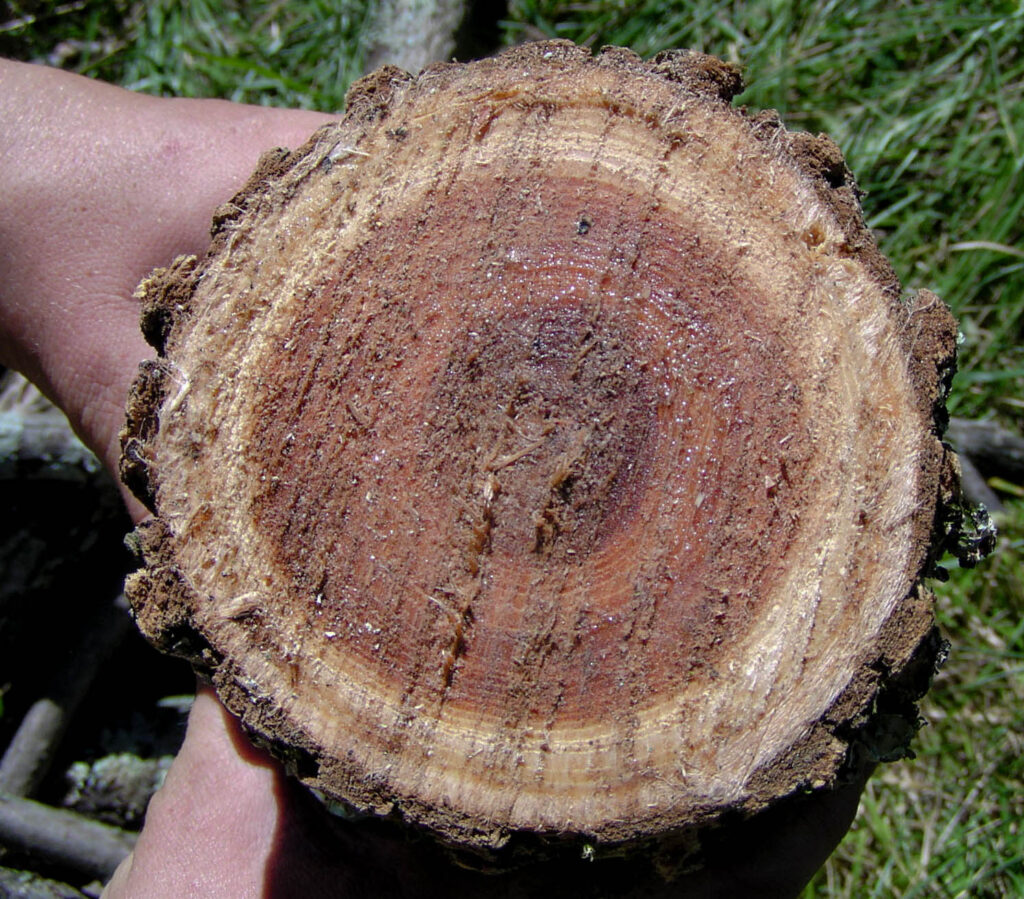
This tree was dying from Dutch elm disease but was
cut down before it killed the whole tree, and we were able
to gather the mucilaginous inner bark.
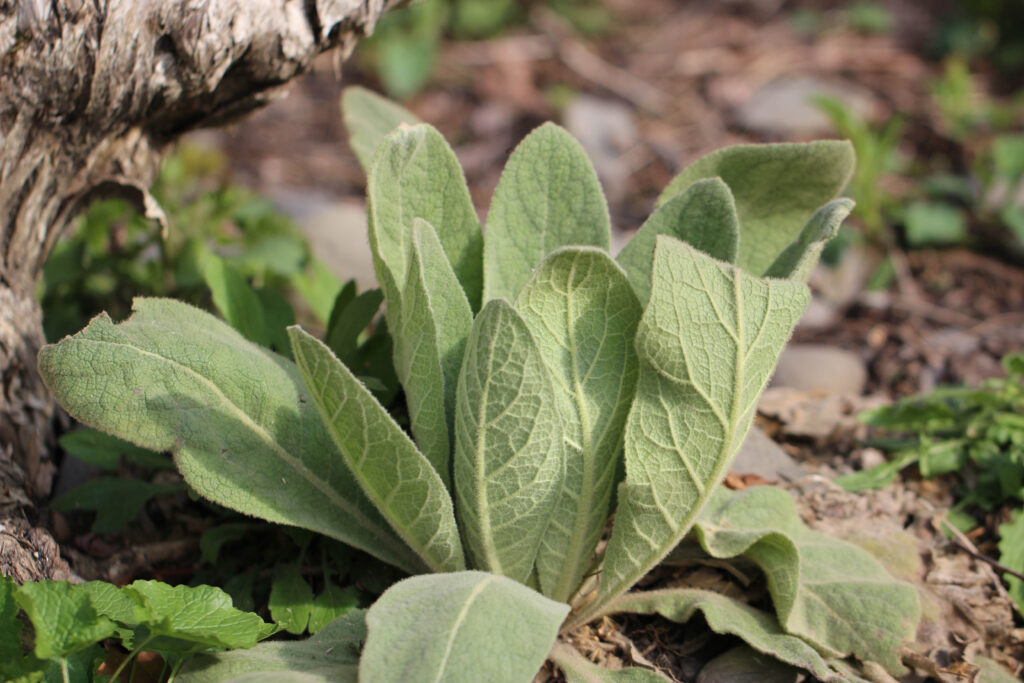
parts of the US. The leaves can be used as tea or tincture to help with coughs.
Overview
Wildfires contain many different airborne particles, which can infiltrate and damage the respiratory tract and other body systems and tissues. This smoke is much more harmful when buildings, vehicles, plastic, and other human-made synthetic items burn. Once released, these particles can travel hundreds of miles, be present for weeks afterward, and get into homes. The inhaled particles can irritate the eyes, nose, throat, skin, and lungs.
Very small particles can make it deep into the lungs. From there, they can migrate into the bloodstream and then into other body tissues, where they can trigger inflammation. This can cause many symptoms, including headaches, fatigue, rapid heart rate, and chest pain. In the respiratory tract, they can trigger wheezing, coughing, and breathing difficulties. Symptoms can be especially difficult for folks with asthma and chronic obstructive pulmonary disease (COPD).
Inhaled particles can be more dangerous for children, people in fragile health, and during pregnancy (both to the individual and the fetus). Once in the bloodstream, these toxins can cause widespread inflammation, increase autoimmune flares, and increase the risk of illness for people with weakened immunity. They can damage the cardiovascular systems and liver.
This is why wearing an appropriate mask and other smoke avoidance behaviors are so important. Prevention is key. Once the small particles reach deep into the lungs, they are very difficult to extricate. Mask numbers indicate their ability to filter out particulate matter. For instance, N95 masks can filter particles up to 2.5 microns (if worn correctly).
These notes mainly pertain to the damage from smoke inhalation. Wildfires cause other types of harm, including irritated eyes and skin, fatigue, cognitive difficulties, anxiety, and depression. Herbal medicine may be beneficial for some of these conditions as well.
Note: None of my suggestions are meant to replace any medications.
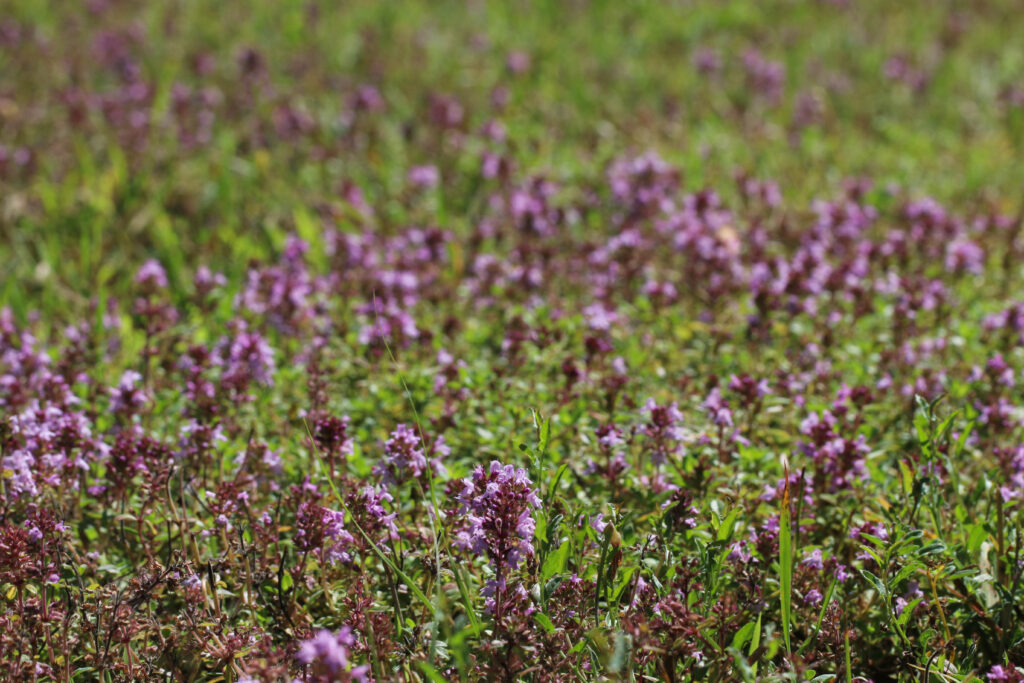
in the Adirondacks, New York. Thyme is a well-known cough remedy.
Treatment
Herbal medicine can play a beneficial role in helping reduce symptoms and potentially lessen long-term damage. They do not replace face masks. Please use this information as a guide and research further which plants are specifically helpful for you and anyone you treat.
There is a lot of crossover between plants and categories. For instance, plants may be both expectorant and decongestant.
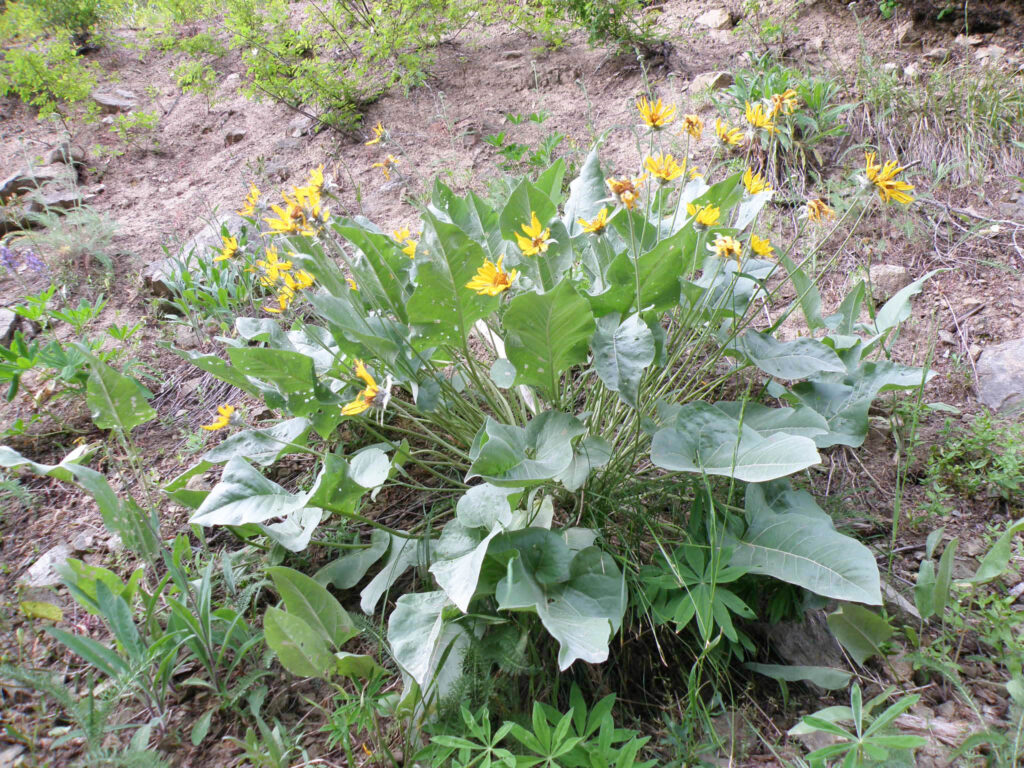
Western US. The roots are used for a number of respiratory ailments.
Antiinflammatory
Inflammation is one of the first reactions to damaged tissue caused by particulate inhalation. While inflammation is a natural and necessary part of the healing process, it can also have health consequences, such as pain and breathing difficulties. It can also become a chronic healthcare concern. Antiinflammatories can reduce some of the immediate and long-term health issues caused by inflammation.
- Black birch
- Chamomile
- Ginger
- Licorice
- Turmeric
- Willow
- Wintergreen
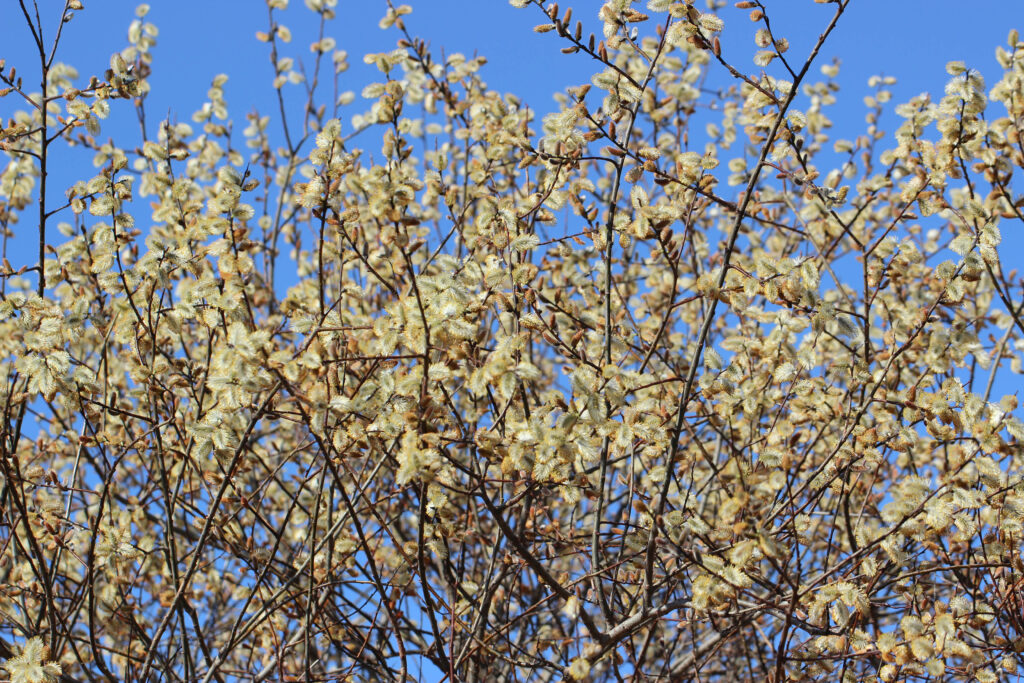
Bronchodilator
These dilate (widen) the bronchi, the tubes that air travels into the lungs. Bronchi are directly affected by inhaled particles and can become constricted, inflamed, and full of mucus. A few herbs can dilate the bronchi to help with breathing. Note that they do help with inflammation or mucus congestion.
Try to be in a clean air space when using them, or put a mask on right afterward, as it is possible to breathe foreign matter deeper into the lungs.
Please read the Specific Plant Notes about Ephedra and Lobelia.
Lobelia
Ephedra
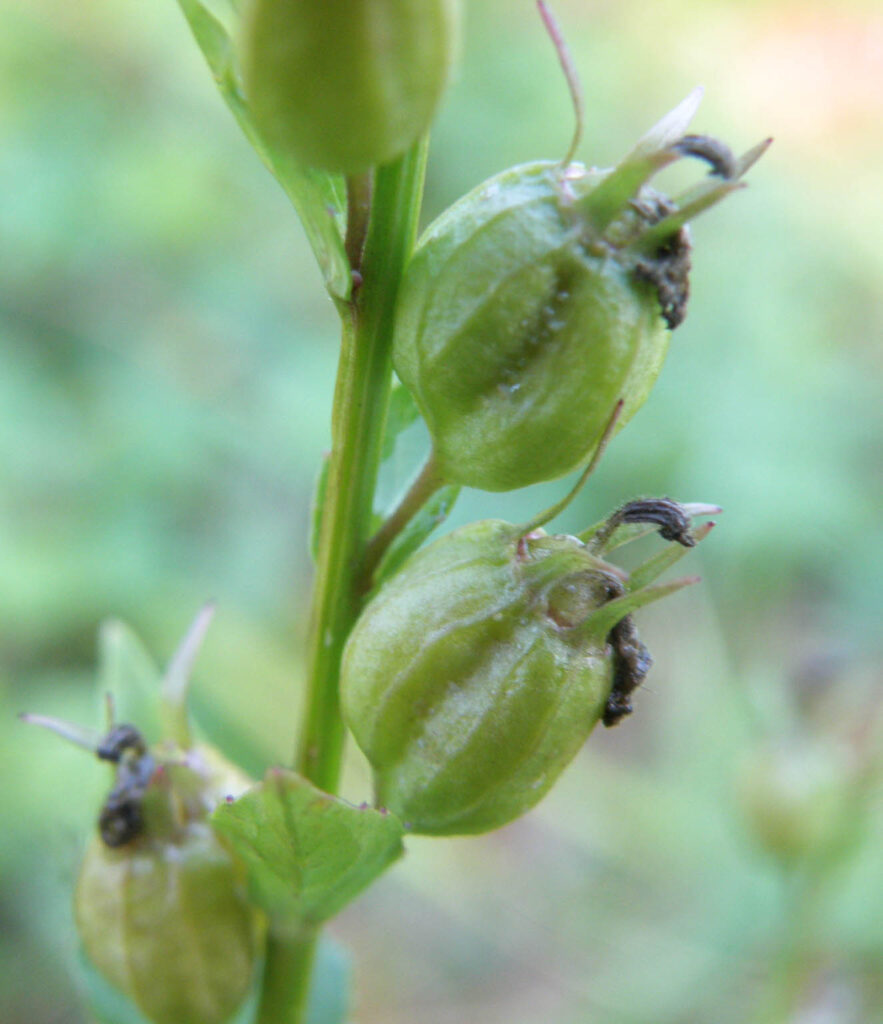
plant (seen in this photo) give it its species name,
as they are inflated like balloons. Lobelia is a bronchodilator.
Cough Remedy
This is a catch-all term for any plant that can help relieve coughing. It is important to note that coughing is the main mechanism to remove particulate matter from our respiratory tract, especially with productive (wet) coughs, where mucus and trapped particles may be brought out of the lungs. But coughing can also be irritating, non-productive, and can disturb sleep.
These cough medicines include expectorants, demulcent, and cough suppressant herbs.
- American spikenard
- Balsamroot
- California spikenard
- Coltsfoot
- Elecampane
- Eucalyptus
- Gumweed
- Hyssop
- Licorice
- Lobelia
- Marshmallow root
- Mullein
- Plantain
- Osha
- Sage
- Slippery elm
- Thyme
- Violet
- Wild cherry
- Yerba santa
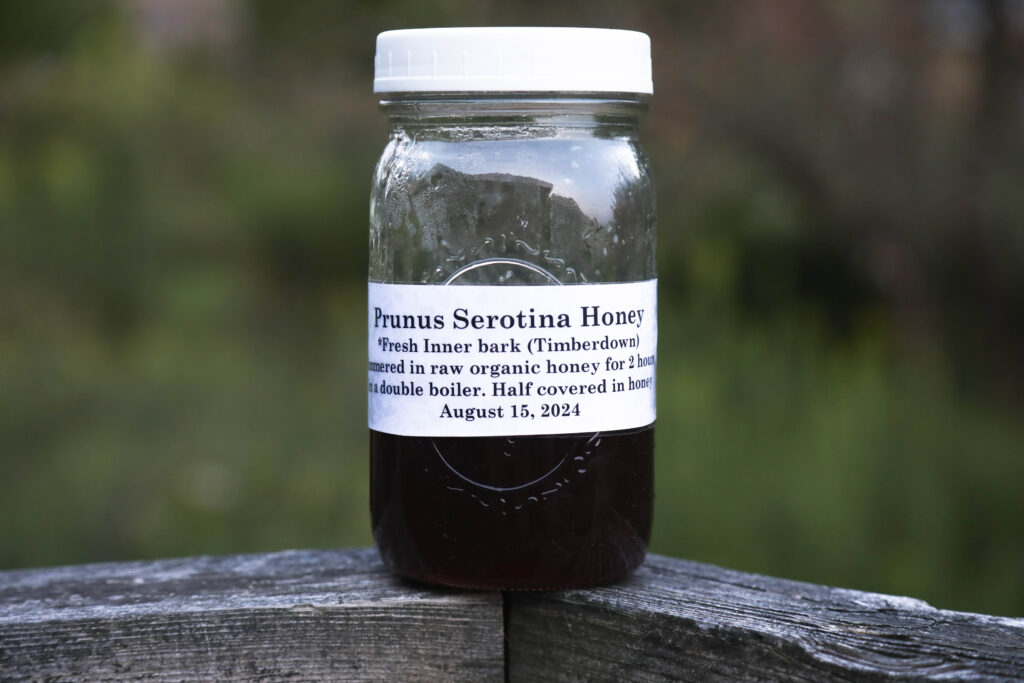
the fresh inner bark of the Wild cherry tree and then slowly
heated in a double boiler with honey. Both the Wild cherry
and the honey are soothing for coughs.
Decongestant
Decongestants are plants that reduce excess mucous from the sinuses and nasal passages by either drying or expelling the mucous. They can be drying, and it may be helpful to take them with a demulcent.
- Bayberry
- Beggar ticks
- Ephedra
- Gumweed
- Yerba mansa
- Yerba santa
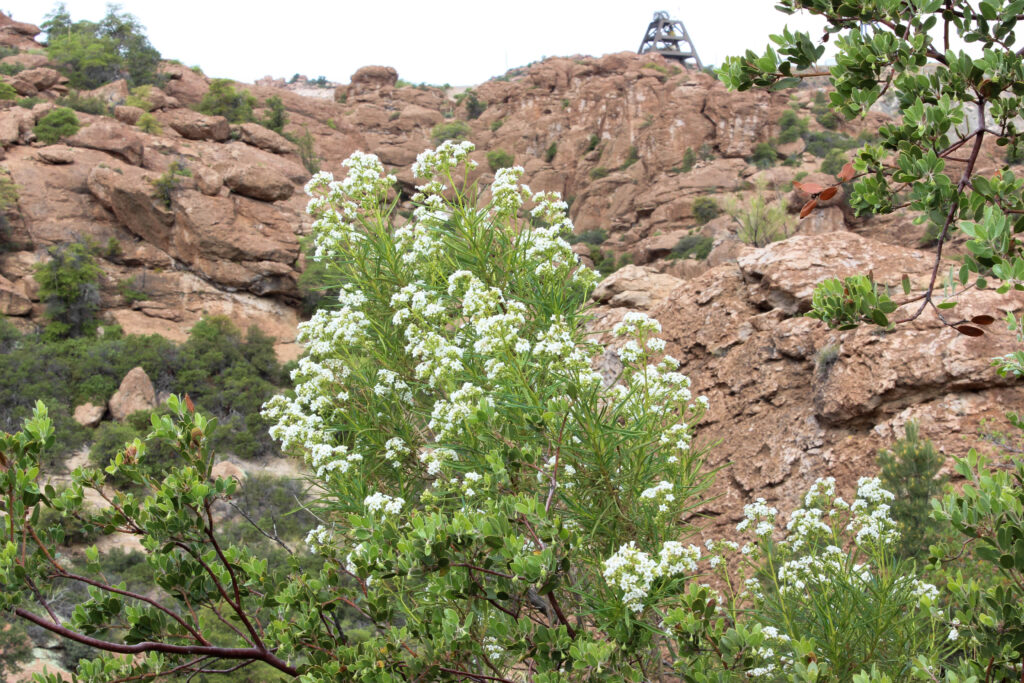
Demulcent Directions
Demulcents are best taken in powder form, as this will create the most viscous gel. The thickness depends on the plant and part. One teaspoon of powder to a half cup (approx. 4 oz) of water or other liquid generally makes a good mixture. This usually needs to be stirred (or shaken) vigorously to dissolve it otherwise, it will clump up. If you let the powder and water sit for a few hours, it will thicken up.
The second best way to use demulcents is with a strong tea. Again, letting it sit for some hours will help thicken it up. Capsules are another method, taking 2-3 capsules a few times a day. This will not have the demulcent feel on the way down, though some people prefer this preparation. Other methods include syrups, glycerite, and tincture. With any of these preparations, I suggest taking them a minimum of 3-4 times, depending on how much smoke is present.
- Licorice root
- Marshmallow
- Okra
- Psyllium seed
- Siberian elm
- Slippery elm
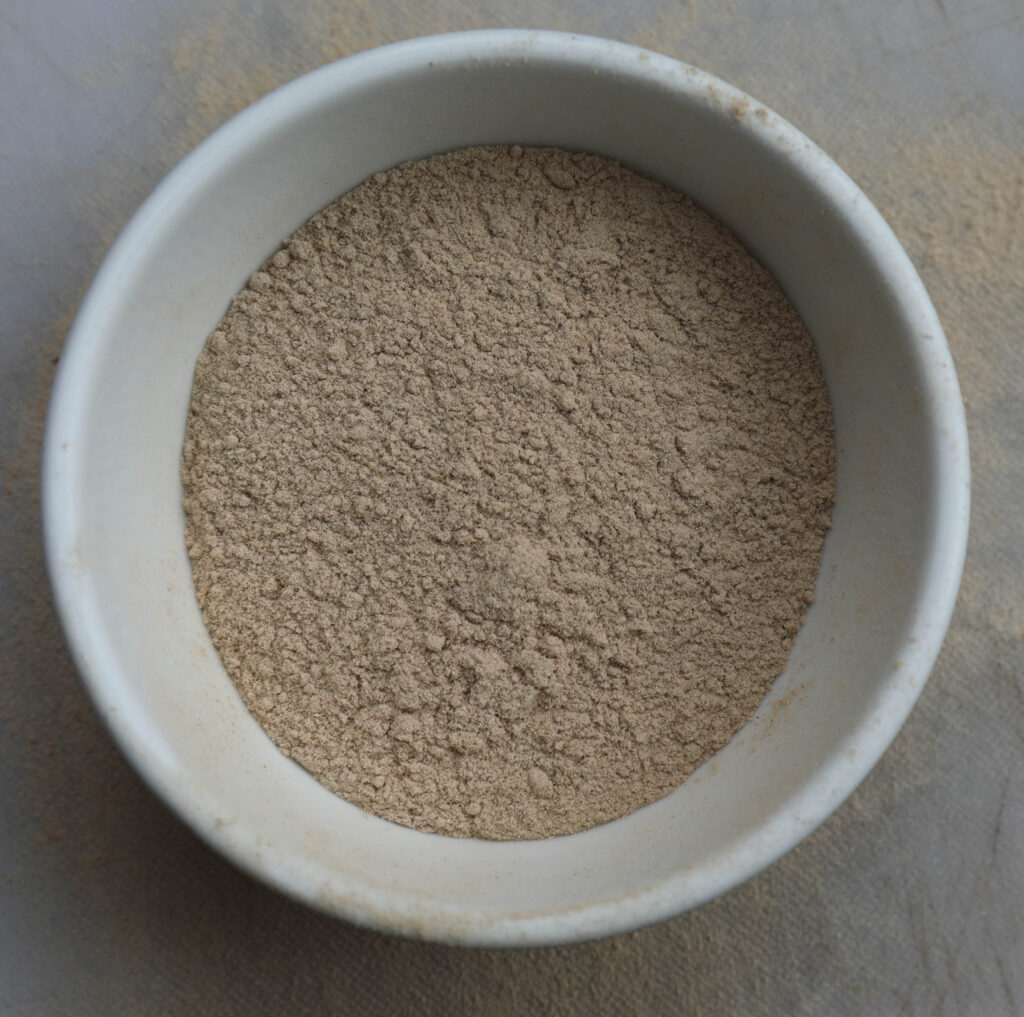
Expectorant
These help expel mucous from the respiratory tract. This can reduce coughing, resolve chest tightness, and ease breathing. Some of these plants are drying and should be taken along with a demulcent.=
- American spikenard
- California spikenard
- Elecampane
- Ephedra
- Gumweed
- Horehound
- Lobelia
- Osha
- Schisandra
- Skunk cabbage
- Wild cherry
- Yerba santa
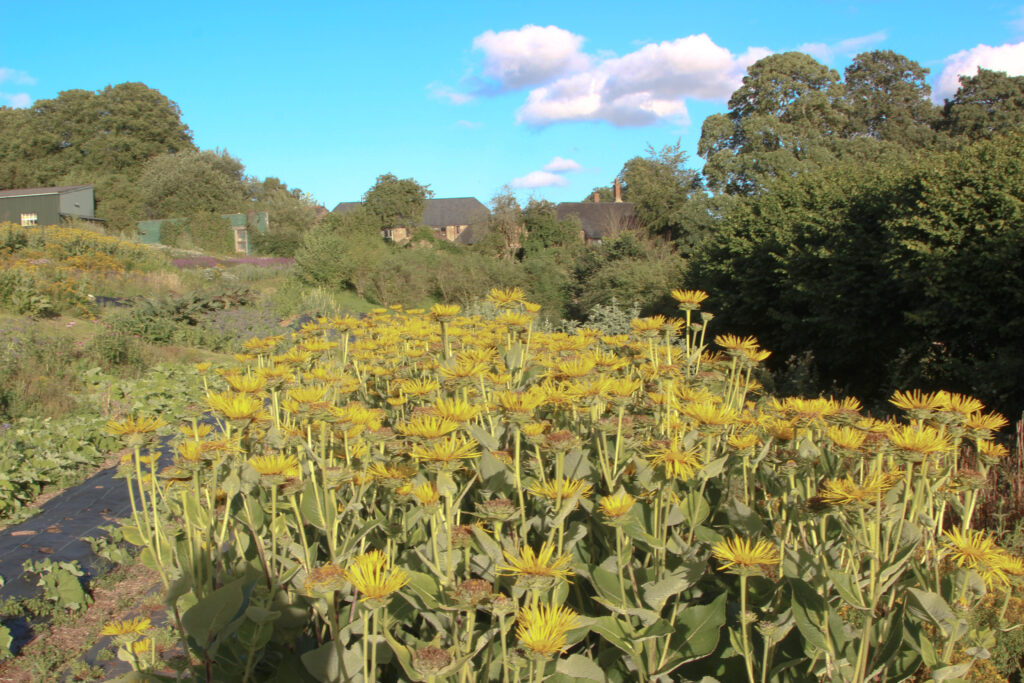
The roots of this plant are a respiratory antiinflammatory.
The liver can be damaged as inhaled particulate matter moves into the bloodstream from the lungs to be processed by the liver. The herbs listed here are gentle and can be taken as daily tonics.
- Artichoke leaf
- Burdock root
- Dandelion root
- Milk thistle
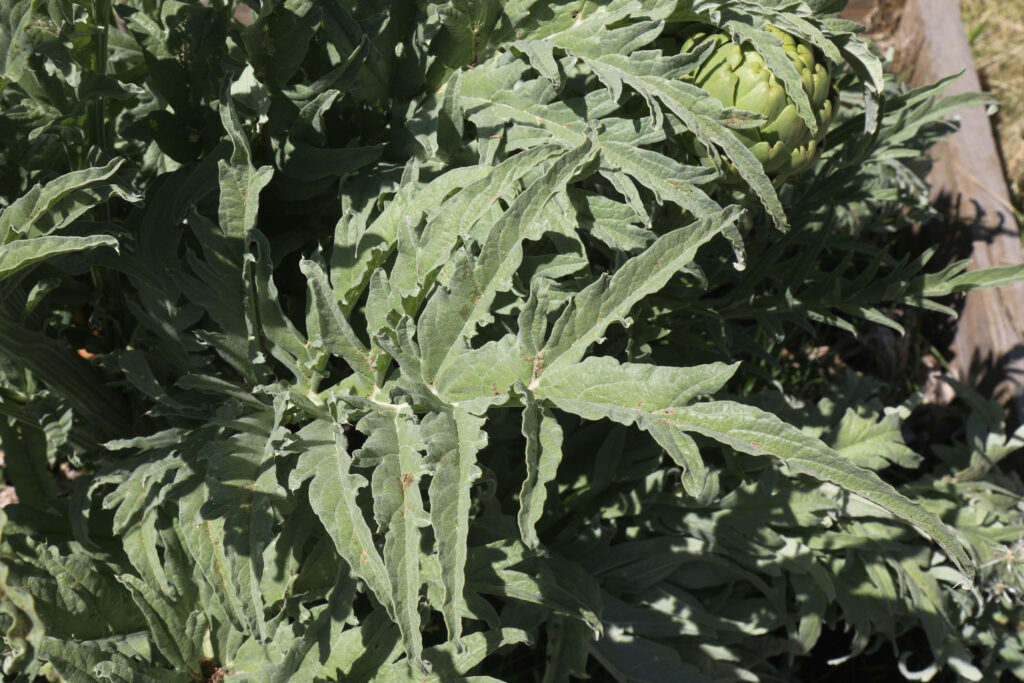
as a gentle, bitter liver tonic.
Preparations
There are numerous preparations to help with the symptoms and long-term conditions associated with smoke inhalation.
Capsule
Capsules are powdered herbs contained in a capsule. They have the advantage of being the closest in form to conventional medicine, making them familiar to people. They are also easy to carry around and ingest. One disadvantage compared to un-capsuled powders is that they do not moisten the throat as they do not open until they reach the stomach. See Powder for more information.
Glycerite
These are plants extracted in vegetable glycerin. Some advantages are that they do not contain alcohol (like tinctures), and many people prefer their sweet flavor. They also are viscous and may feel good on mucus membranes. One disadvantage is they don’t extract as many plant constituents as tincture and tea, so there are a limited number of medicinal glycerites.
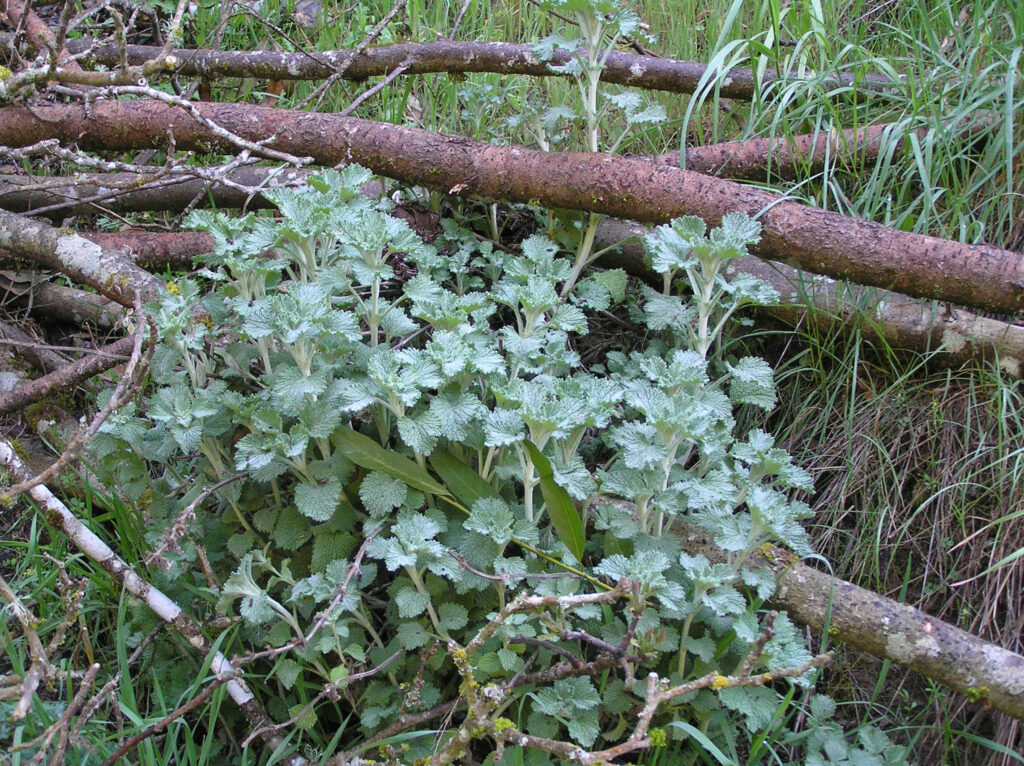
make bitter-tasting cough lozenges.
Herbal Steam
The warm, moist air from steams can bring plant aromatics deeper into the bronchi, help loosen mucus, and reduce irritation. They should be done in a clean air environment as you will be inhaling deeply.
Herbal Steam Directions
There are several ways to prepare herbal steams. One of the main choices is whether to use raw herbs or essential oils. Essential oils are volatile and can move deeper into tissue, but some people find them too strong and irritating.
Raw aromatic herbs can also be used, which may be milder but still effective.
The goal of both of these preparations is to breathe in the aromatics carried by the steam into the lungs. It is important not to put one’s face too close as it can get burned.
With essential oils, boil some water, turn off the heat, and add 2-3 drops of the essential oil into the water. Put a towel over your head and the pot to form a curtain to trap the steam. Keep your face at least 1 foot away from the pot to avoid burns. Breathe in deeply through your mouth and nose. Do this a few times. Stop and move away if it feels like the heat is irritating.
With aromatic herbs, you can either put them in boiling water or pour boiling water over them. The rest of the steps are the same as above.
Some essential oils to consider are Eucalyptus, Rosemary, Thyme, Tea tree, Lavender, Sage, and Chamomile.
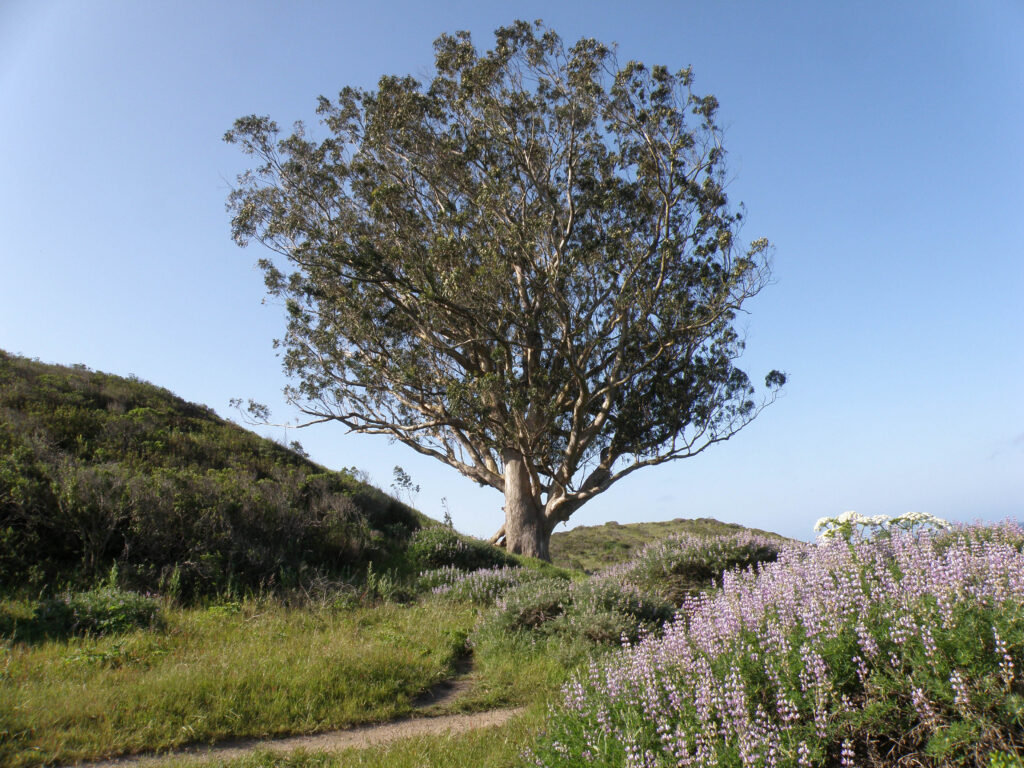
Eucalyptus is one of the most well-known cough remedies and is useful in herbal steams.
Powder
Powders are pulverized (powdered) plant matter. Demulcent powders are especially beneficial for smoke inhalation. They have a mucilaginous (viscous) consistency that can bring relief to the throat and respiratory tract.
And since they contain the whole plant (as opposed to extractions such as tinctures), they contain all the plant’s constituents, including vitamins and minerals. See Demulcent for more information.
Syrup
Syrup are plants extracted in honey or sugar. There are several ways to prepare these. For smoke inhalation, syrups made with honey are preferred due to the soothing feeling of honey as it travels down the throat. Syrups can be added to other preparations, such as tea or tincture, to sweeten them and add to their medicinal qualities.
Since syrups can raise blood sugar, be cautious with people with blood sugar issues.
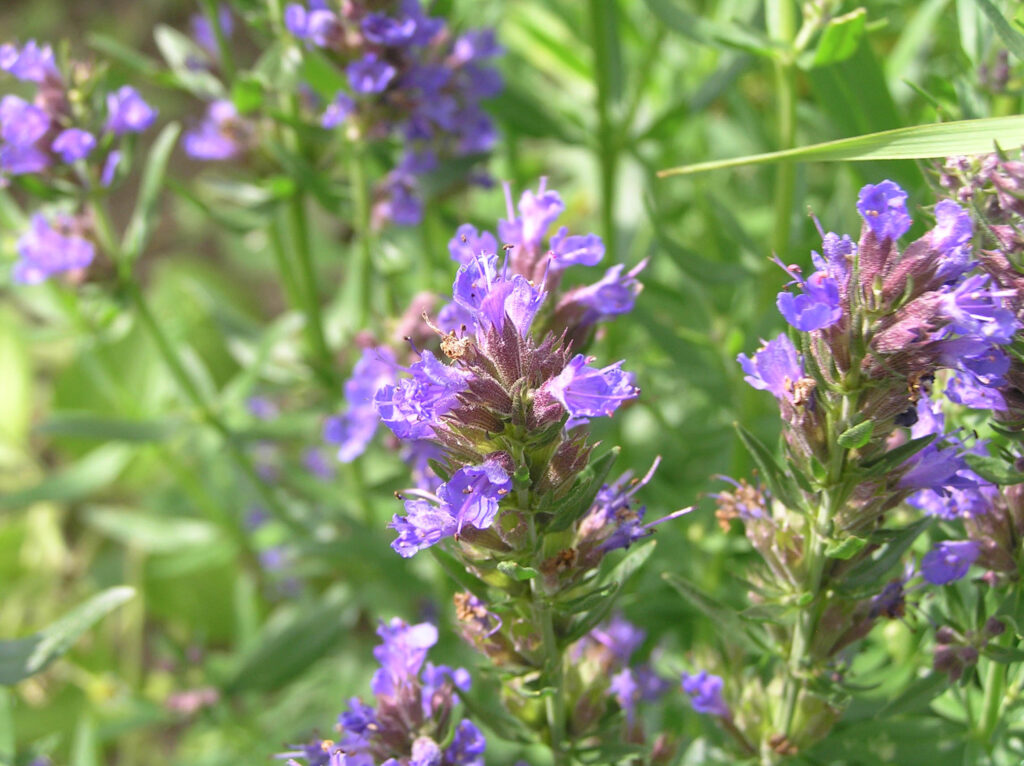
and is also used as a cough remedy.
Tea
Teas are water-based preparations. There are two main types: infusions, when boiling water is poured on top of plants, and decoctions, when the plant is cooked in hot water. An advantage of tea is that water is a very safe liquid. Water can extract more constituents than any other fluid. You can also dissolve demulcent powders into tea to make them more mucilaginous. Teas often have a soothing quality. Some disadvantages include the need for equipment to prepare the tea. They also need containers to carry them around. And teas can go bad after sitting around, especially in the heat.
Tincture
Tinctures are plants extracted in alcohol. Their biggest disadvantage is that they cannot be used by people who avoid alcohol. And many people find their taste disagreeable. Their advantages are that they extract most plant constituents, are very stable, and can easily be carried around.
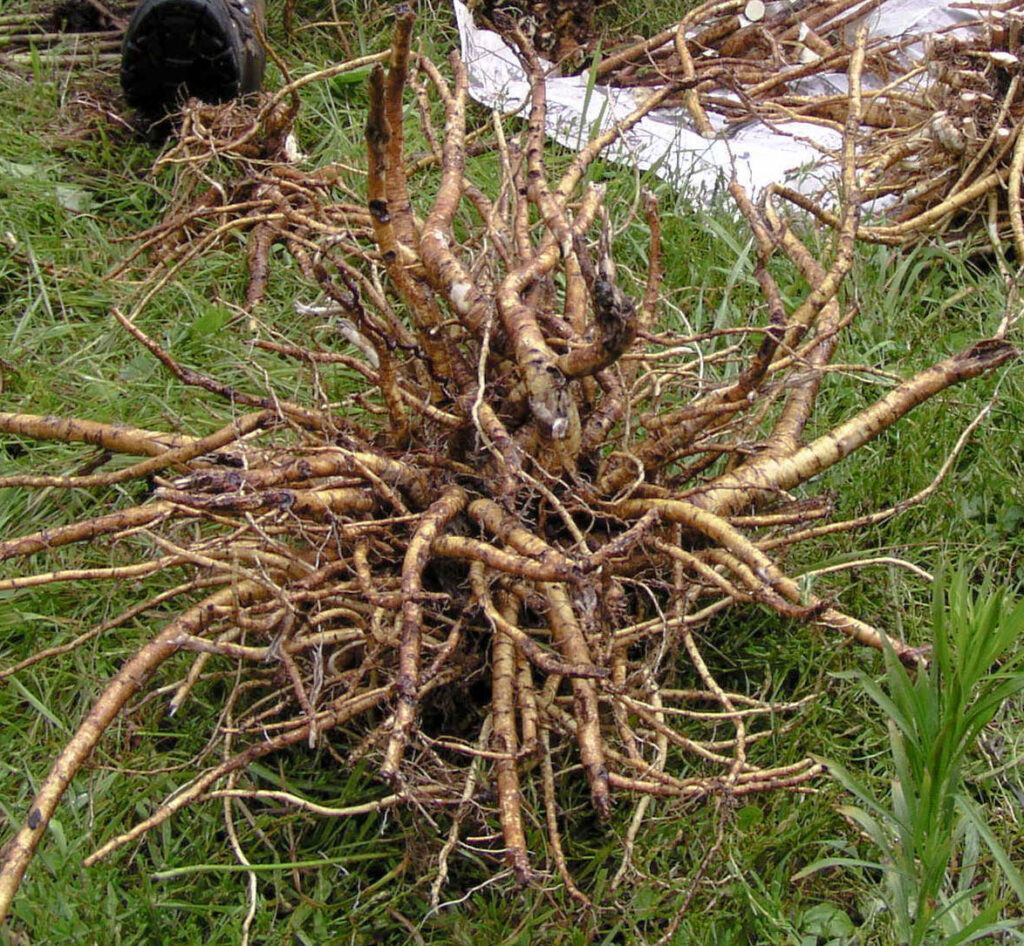
It is one of the most commonly used demulcent plants.
Specific Plant Notes
Licorice (Glycyrrhiza uralensis, G. glabra)
Licorice can be beneficial, but it also comes with a warning. It is demulcent and antiinflammatory, which are both helpful for smoke inhalation. But use it with caution as it can raise blood pressure for some people who have hypertension (high blood pressure). This usually happens when taking larger amounts of Licorice over a prolonged period of time.
Lobelia (Lobelia inflata)
Lobelia tincture is a bronchodilator and can help with wheezing and breathing difficulties. It does not help with bronchi inflammation.
Ephedra (Ephedra sinica, also known as Ma huang)
Ephedra is a potent bronchodilator and decongestant but carries significant risk due to its stimulant effects on the sympathetic nervous system. It can raise blood pressure, cause headaches, and increase anxiety. This can happen with one strong dose.
Slippery Elm (Ulmus rubra)
Slippery elm is one of the safest and most mucilaginous plants. But the tree is in decline due to overharvesting and disease. Please try to obtain Slippery elm from sustainable sources.
Siberian elm, a common non-native weedy tree, can be used as a substitute for Slippery elm. The difficulty is in trying to powder the bark, but it can be used as a tea or just chew on the bark and twigs.
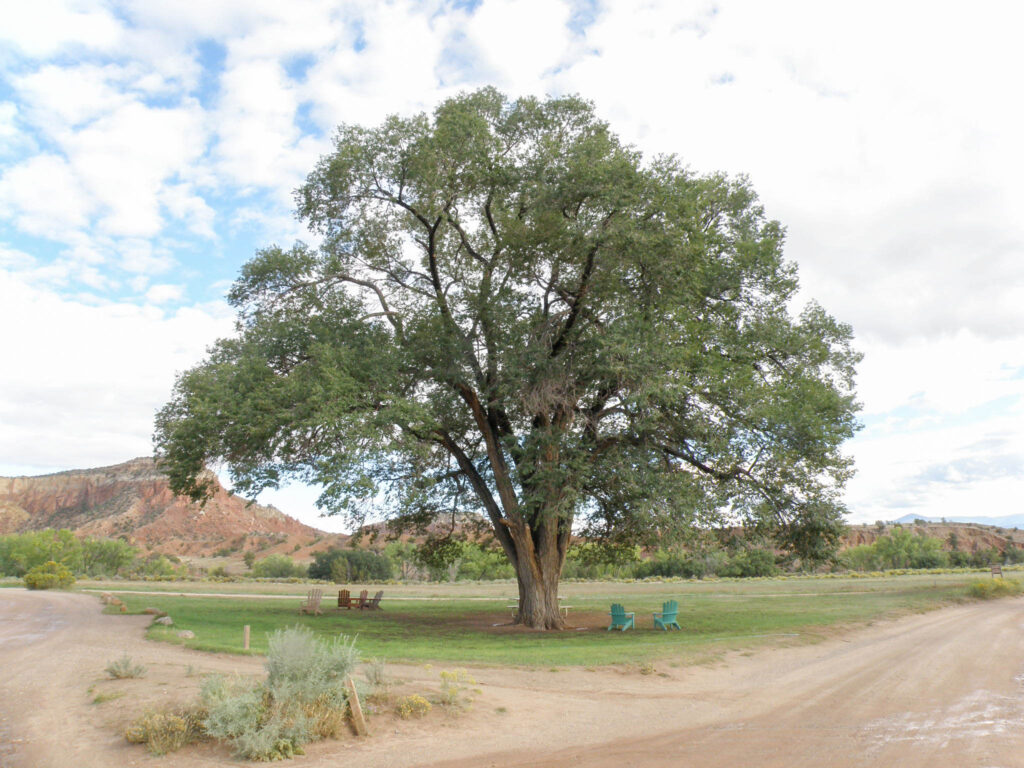
is very mucilaginous, and it can be used as an alternative to Slippery elm.
Materia Medica
- American spikenard-Aralia racemosa
- Artichoke leaf-Cynara cardunculus var. scolymus
- Balsamroot-Balsamorhiza sagittata
- Bayberry-Myrica cerifera
- Beggar ticks-Bidens species
- Black birch-Betula lenta
- Burdock root-Arctium species
- California spikenard-Aralia californica
- Chamomile-Matricaria chamomilla
- Coltsfoot-Tussilago farfara
- Comfrey root-Symphytum species
- Dandelion root-Taraxacum officinale
- Elecampane-Inula helenium
- Ephedra-Ephedra sinica
- Eucalyptus-Eucalyptus species
- Ginger-Zingiber officinale
- Gumweed-Grindelia species
- Horehound-Marrubium vulgare
- Hyssop-Hyssopus officinalis
- Licorice-Glycyrrhiza glabra, G. uralensis
- Lobelia-Lobelia inflata
- Marshmallow-Althaea officinalis
- Milk thistle-Silybum marianum
- Mullein-Verbascum thapsus
- Okra-Abelmoschus esculentus
- Osha-Ligusticum porteri
- Plantain-Plantago species
- Psyllium seed-Plantago ovata
- Sage-Salvia officinalis
- Schisandra-Schisandra chinensis
- Siberian elm-Ulmus pumila
- Skunk cabbage-Symplocarpus foetidus
- Slippery elm-Ulmus rubra
- Thyme-Thymus species
- Turmeric-Curcuma longa
- Violet-Viola species
- Wild cherry-Prunus serotina
- Willow-Salix species
- Wintergreen-Gaultheria procumbens
- Yerba mansa-Anemopsis californica
- Yerba santa-Eriodictyon species
